|
|
 |
 |
Happy 50th anniversary of Apollo 11! This special edition of What’s Up will explore stories from that mission as we kick off our celebration. Learn more at Apollo50.si.edu
|
 |
|
 |
 |
MUSEUM NEWS
|
|
 |
Museum Projects Saturn V Rocket on Washington Monument
|
|
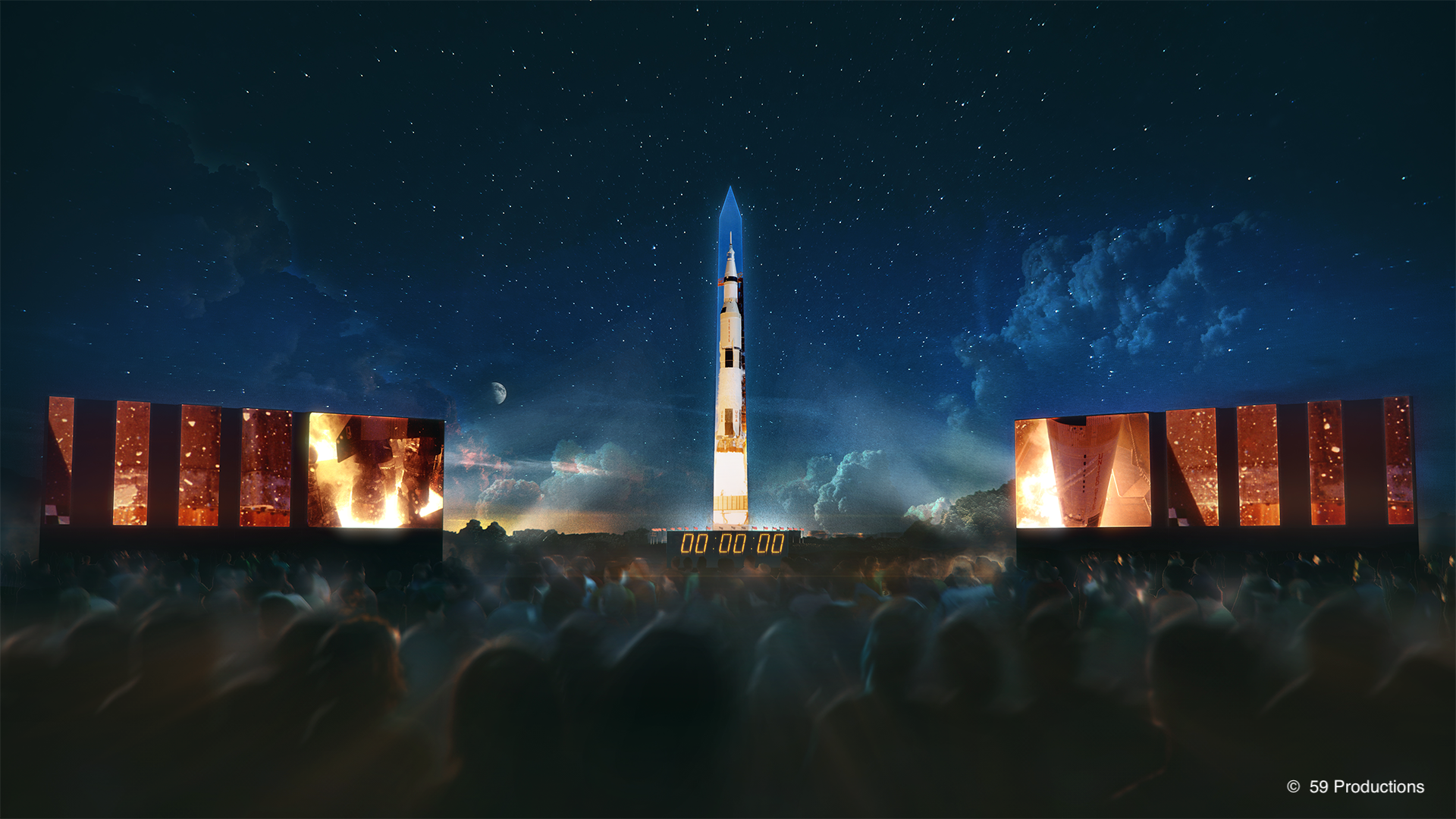
|
 |
 |
Last week, we announced the centerpiece of our Apollo 50 celebration: a projection of the Saturn V rocket on the Washington Monument. A static projection will be featured July 16, 17, and 18 from 9:30 pm to 11:30 pm. It all leads up to the main event July 19 and 20, the 17-minute “Apollo 50: Go for the Moon” at 9:30 pm, 10:30 pm, and 11:30 pm.
“Go for the Moon” combines full-motion projection mapping artwork and archival footage to recreate the launch of Apollo 11 and tell the story of the first Moon landing. The show will unfold on the face of the Washington Monument and supporting screens, including a 40-foot-wide recreation of the famous Kennedy Space Center countdown clock. You don’t want to miss this once-in-a-lifetime celebration. And don’t forget to share your pictures with #GoForTheMoon. Learn more.
"Apollo 50: Go for the Moon" and other Apollo 50 programming is made possible by the generous support of Boeing with additional support from Raytheon.
|
 |
|
 |
 |
 |
See Neil Armstrong’s Spacesuit in Person
|
|
 |

|
 |
 |
Today we put Neil Armstrong’s Apollo 11 spacesuit back on display for the first time in 13 years. It is displayed in the Wright Brothers gallery near a piece of the Wright Flyer that flew on Apollo 11. It has undergone extensive conservation, funded by Kickstarter, to stabilize the suit’s degradation while taking great care not to remove the remains of lunar dust embedded on the suit. A state-of-the-art display case and mannequin were created to protect the fragile suit while on display. Learn more about the conservation.
|
 |
|
 |
 |
Explore Neil Armstrong’s Spacesuit in 3D
|
|
 |
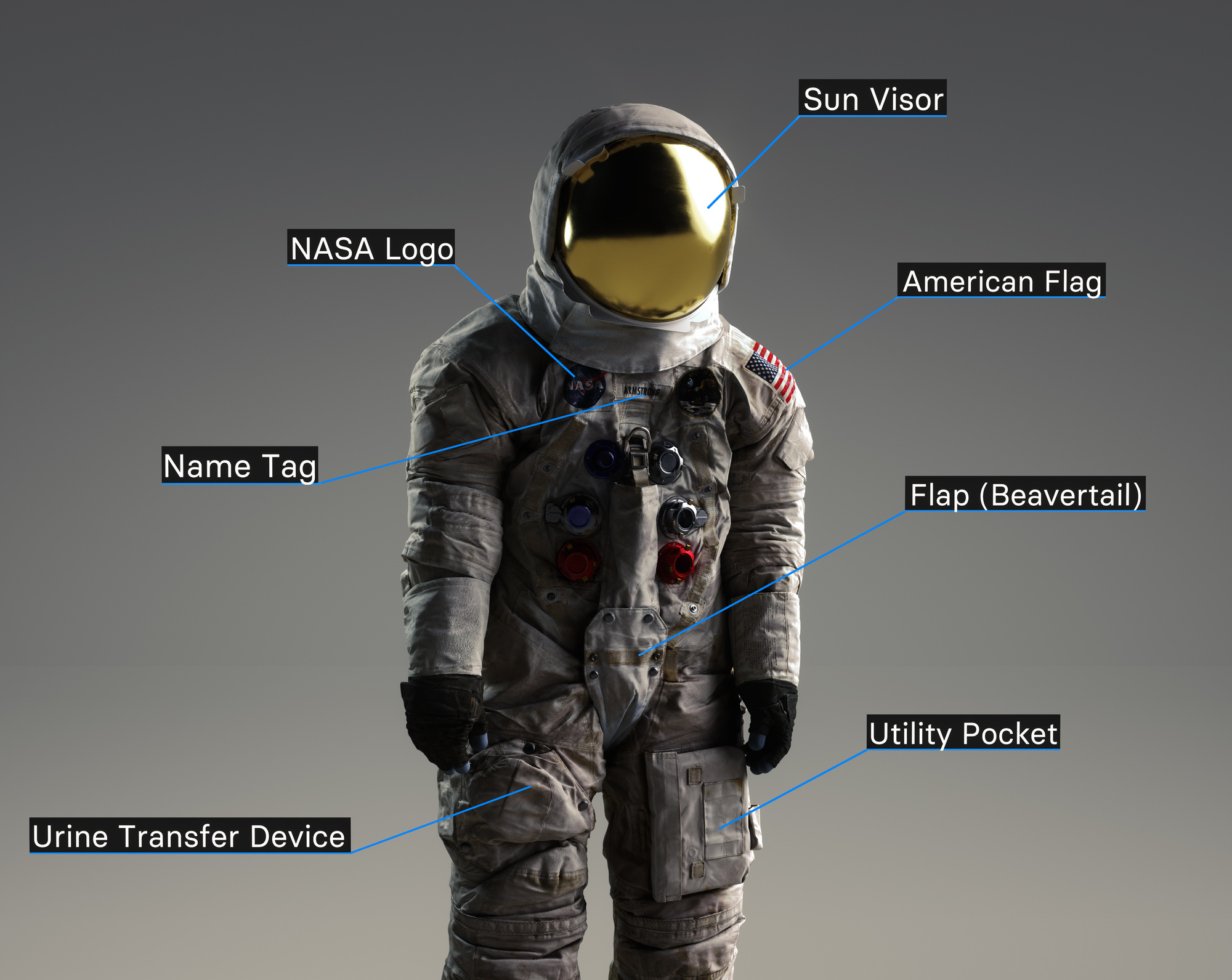
|
 |
 |
As part of the Kickstarter to conserve the Armstrong suit, it was scanned in 3D by the Smithsonian’s Digitization Program Office (DPO). A 3D model of the suit, fully annotated by the spacesuit curator and conservator, is now available online. Explore the model and download the files to print your own.
|
 |
|
 |
 |
Test Your Apollo Knowledge
|
|
 |
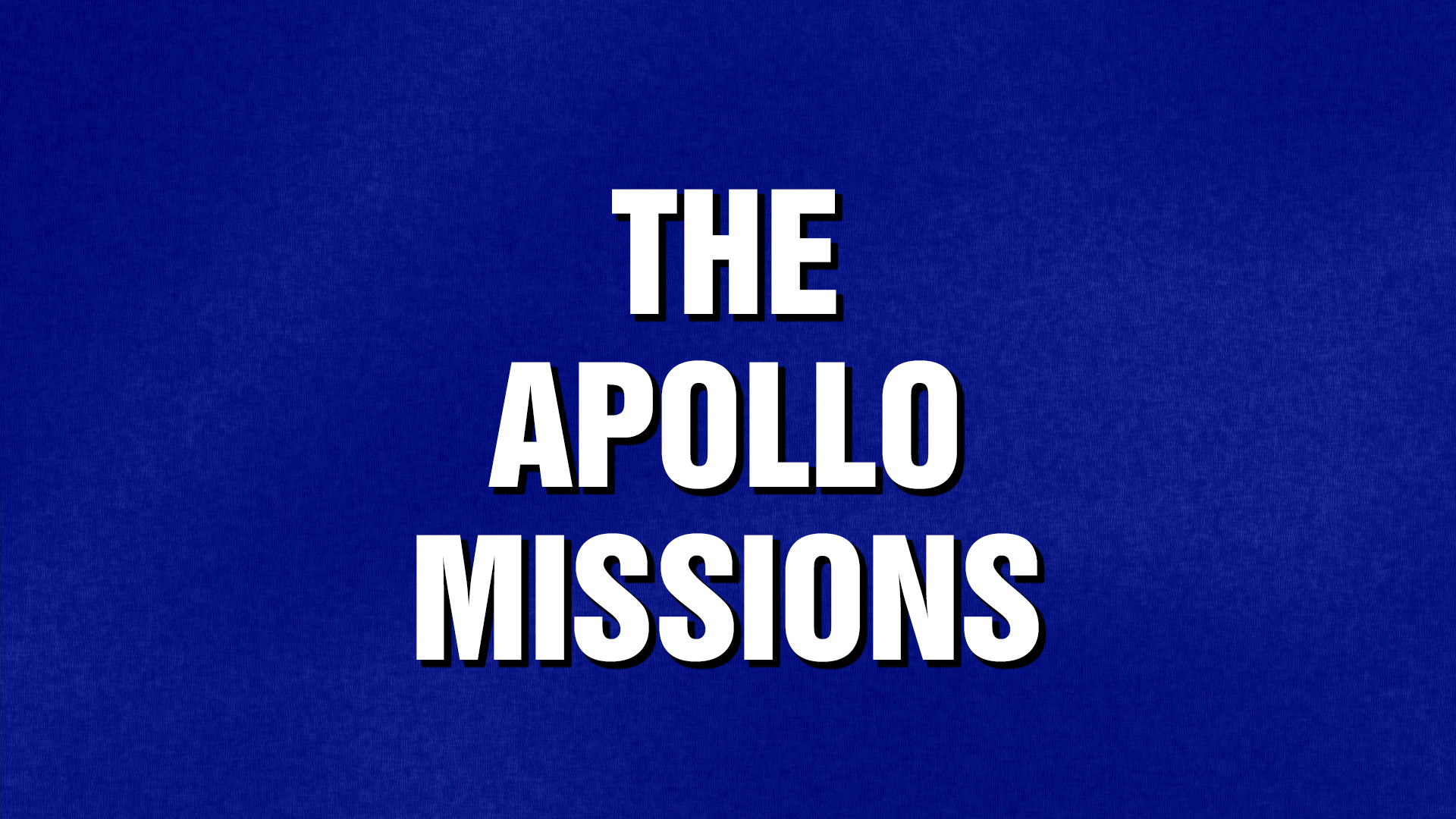
|
 |
 |
On Friday, July 19, Jeopardy! will feature a category all about the Apollo Program with clues filmed at Air and Space! Tune in to test (and show off!) your Apollo knowledge. Check your local listings for times.
|
 |
|
 |
 |
50 YEARS AGO TODAY...
|
|
 |
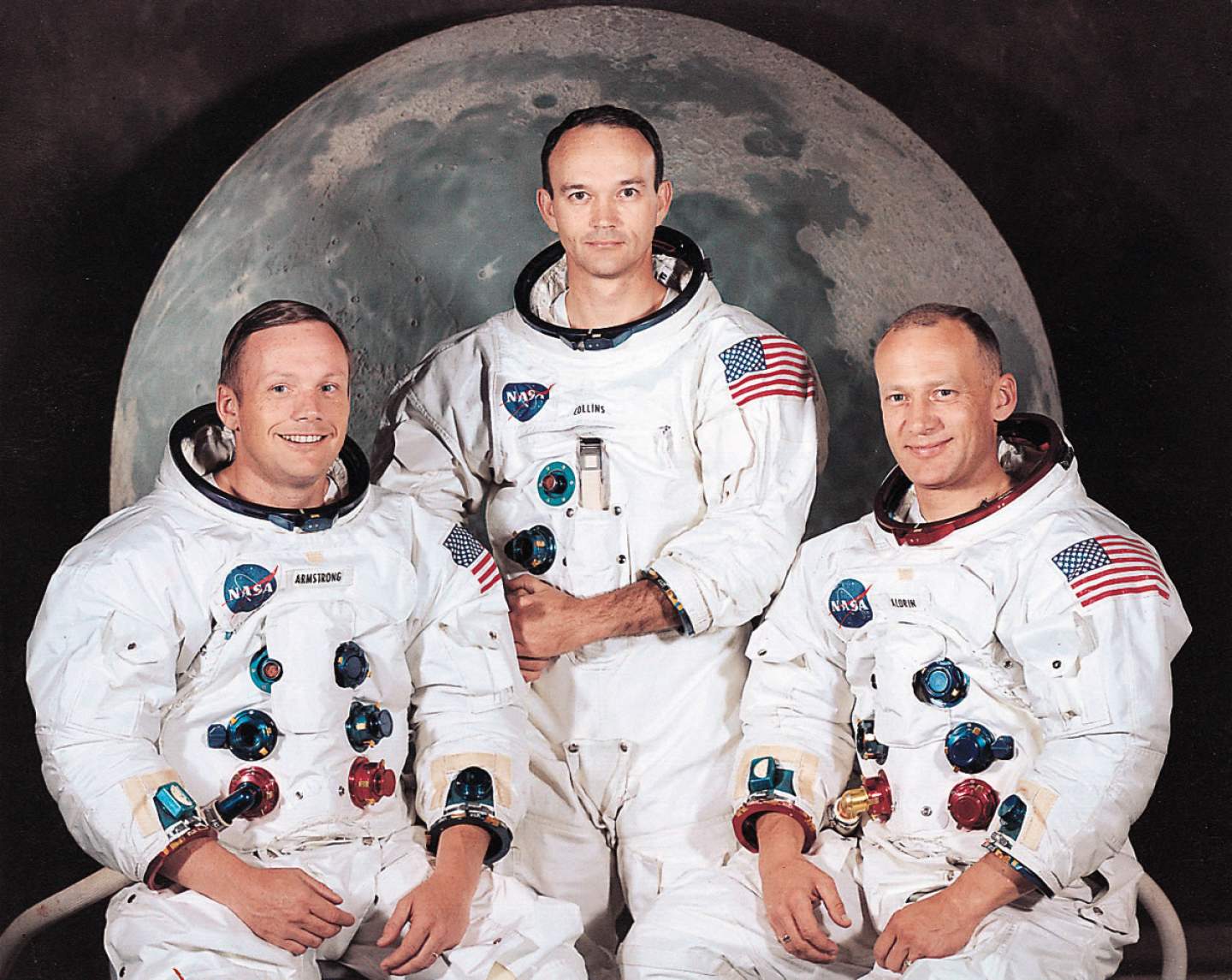
|
 |
 |
On this day 50 years ago, Apollo 11 commander Neil Armstrong, command module pilot Michael Collins, and lunar module pilot Buzz Aldrin climbed into command module Columbia atop the massive Saturn V rocket and launched on their journey to the Moon. On July 20, Armstrong and Aldrin descended to the lunar surface on board lunar module Eagle and became the first humans to walk on the Moon. The mission came to a successful end on July 24 when they splashed down in the Pacific Ocean. Follow along with the Apollo 11 mission in real-time through our @ReliveApollo11 Twitter account.
|
 |
|
 |
 |
DO YOU KNOW?
|
|
 |
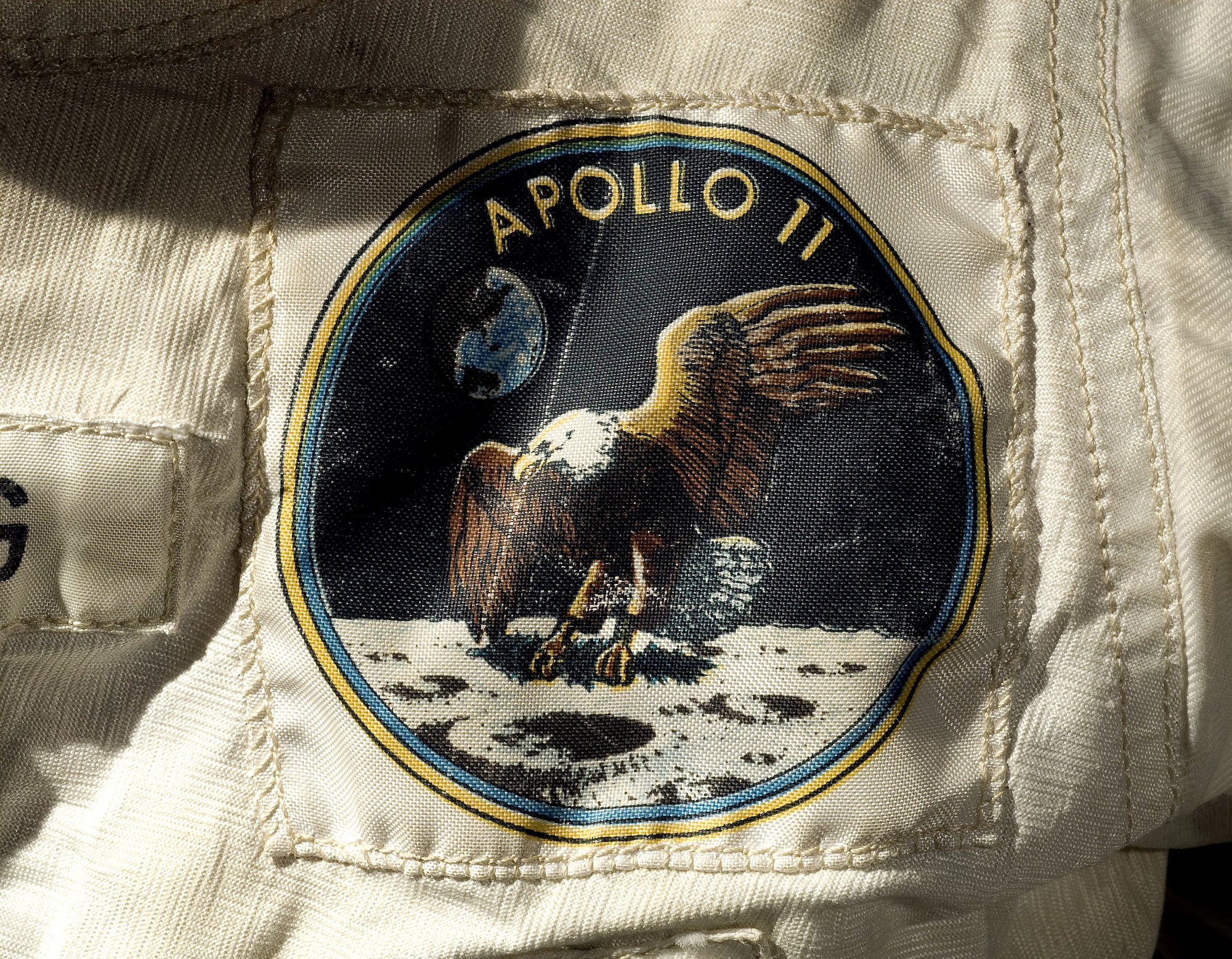
|
 |
 |
The Apollo 11 mission patch holds a lot of symbolism: the American bald eagle is the national bird and a reference to lunar module Eagle, and it is holding a symbol for peace, an olive branch.
Do you know who designed it? Find out.
|
 |
|
 |
 |
TOGETHER WE CHOOSE
|
|
 |
 |
|
|
 |
 |
A MOMENT WATCHED BY MILLIONS
|
|
 |
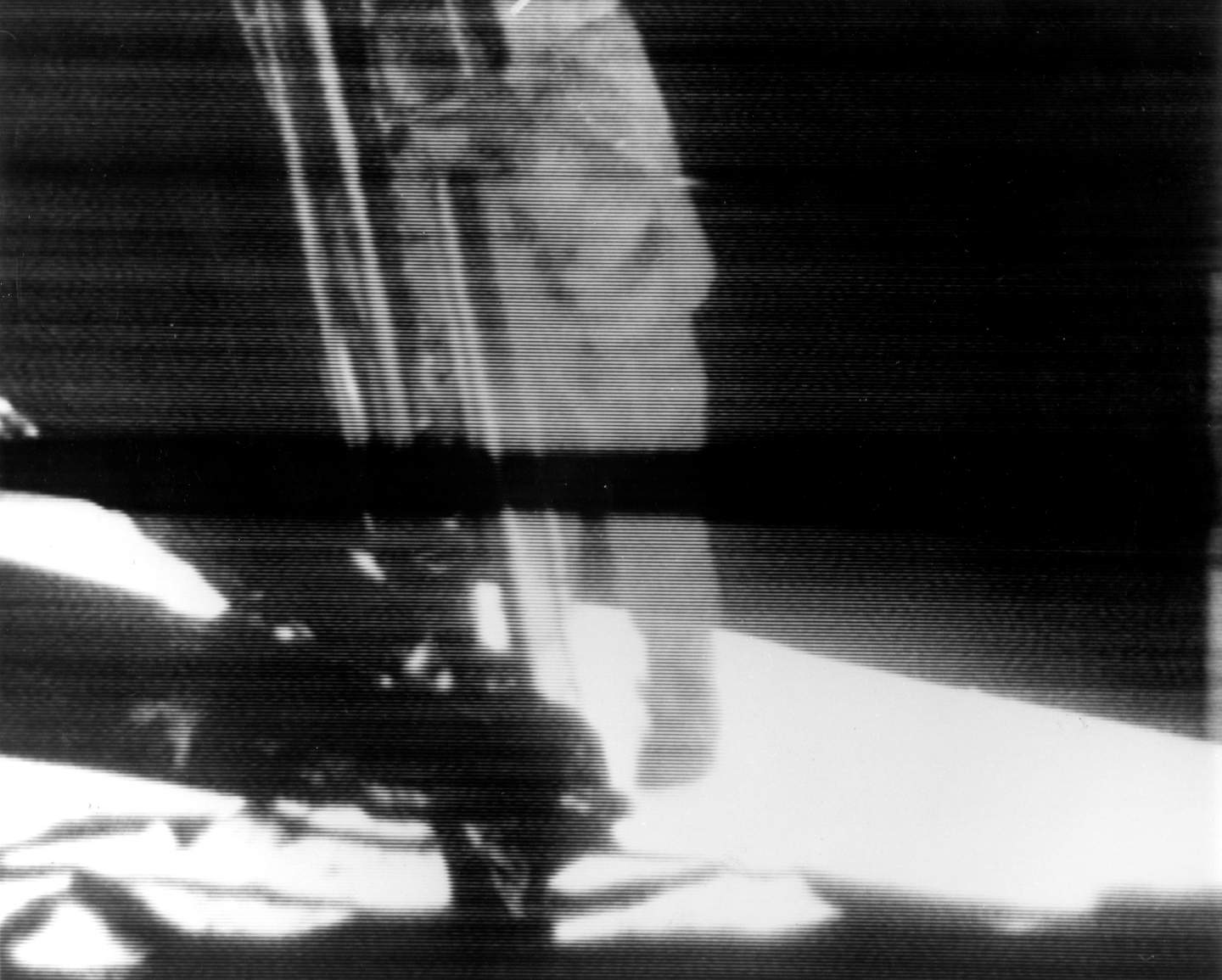
|
 |
 |
When Neil Armstrong took humankind’s first steps on the Moon, hundreds of millions of people around the world watched and marveled as history was made. Broadcasting the first steps on TV was a priority, but it wasn’t without its challenges. Based on the rotation of the Earth and position of the Moon at the time of the expected first steps, receiving stations in California and Australia would coordinate on providing the best transmission possible. Issues of temperature, size, weight, power use, and light availability complicated the real-world operation of a television broadcast from our natural satellite. Explore how it all came together in a new blog.
|
 |
|
 |
 |
STUDYING UP
|
|
 |
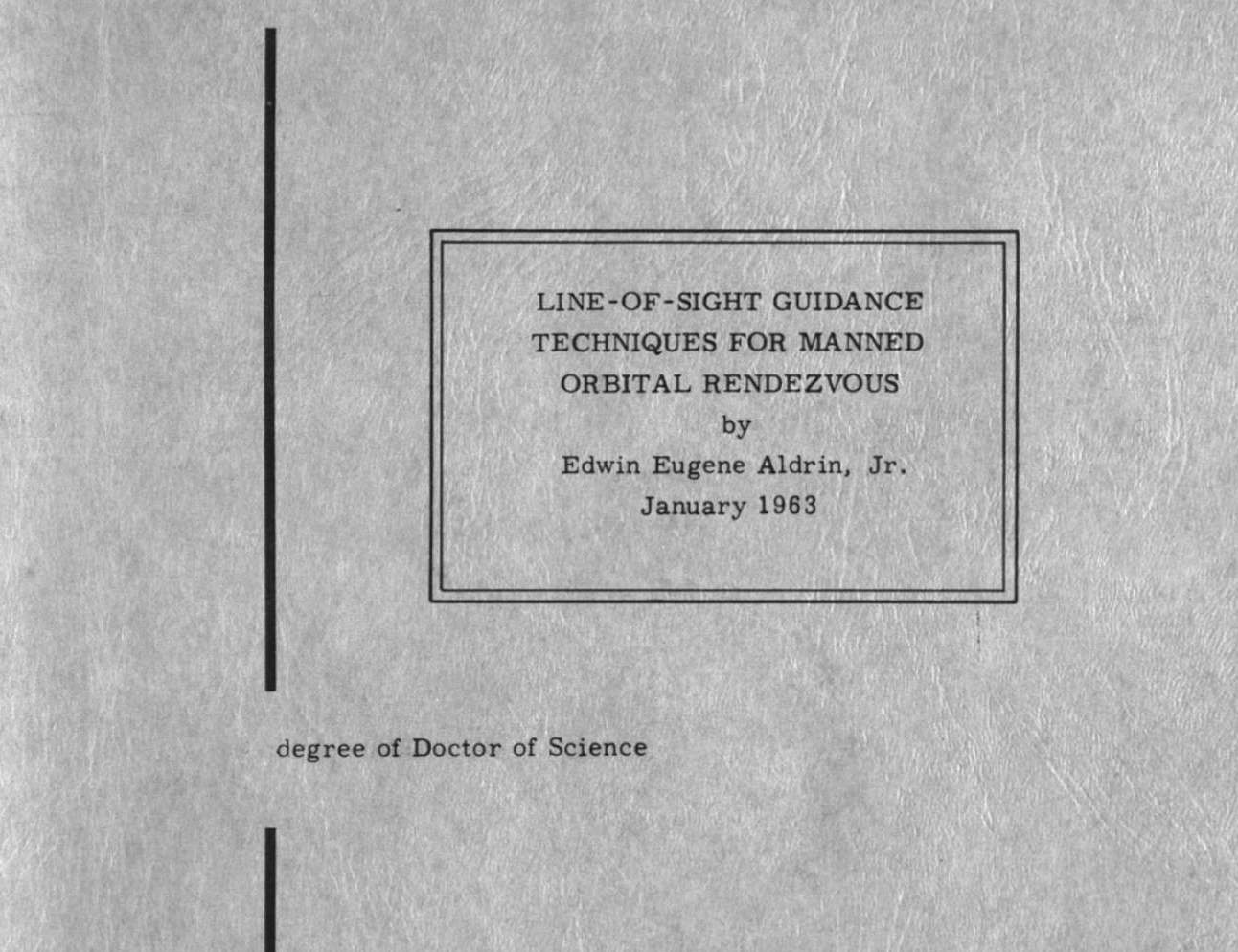
|
 |
 |
Apollo 11 lunar module pilot Buzz Aldrin was the first astronaut with a Ph.D. His thesis was on human spaceflight, more specifically the challenges of rendezvousing and docking spacecraft in orbit. He dedicated his 1963 thesis “to the crew members of this country’s present and future manned space programs. If only I could join them in their exciting endeavors!” He would be selected as an astronaut less than a year later. Read more.
|
 |
|
 |
 |
A SOLITARY ORBIT
|
|
 |
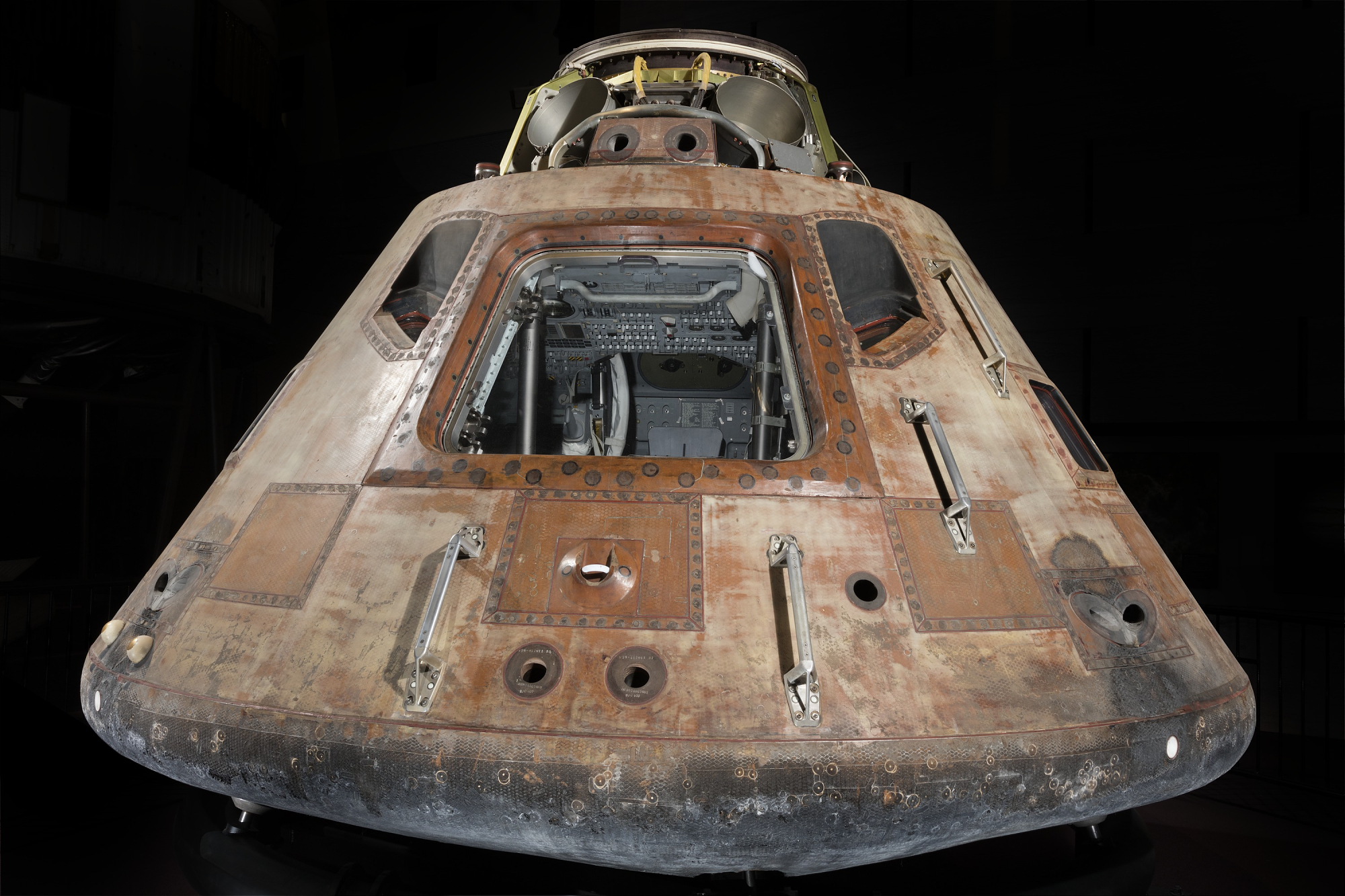
|
 |
 |
While Neil Armstrong and Buzz Aldrin spent time on the lunar surface, command module pilot Michael Collins remained in command module Columbia, orbiting the Moon a total of 14 times. For half of each orbit, he traveled to the far side of the Moon and lost contact with Mission Control back on Earth. Explore his solitary orbits.
|
 |
|
 |
 |
JUST IN CASE
|
|
 |
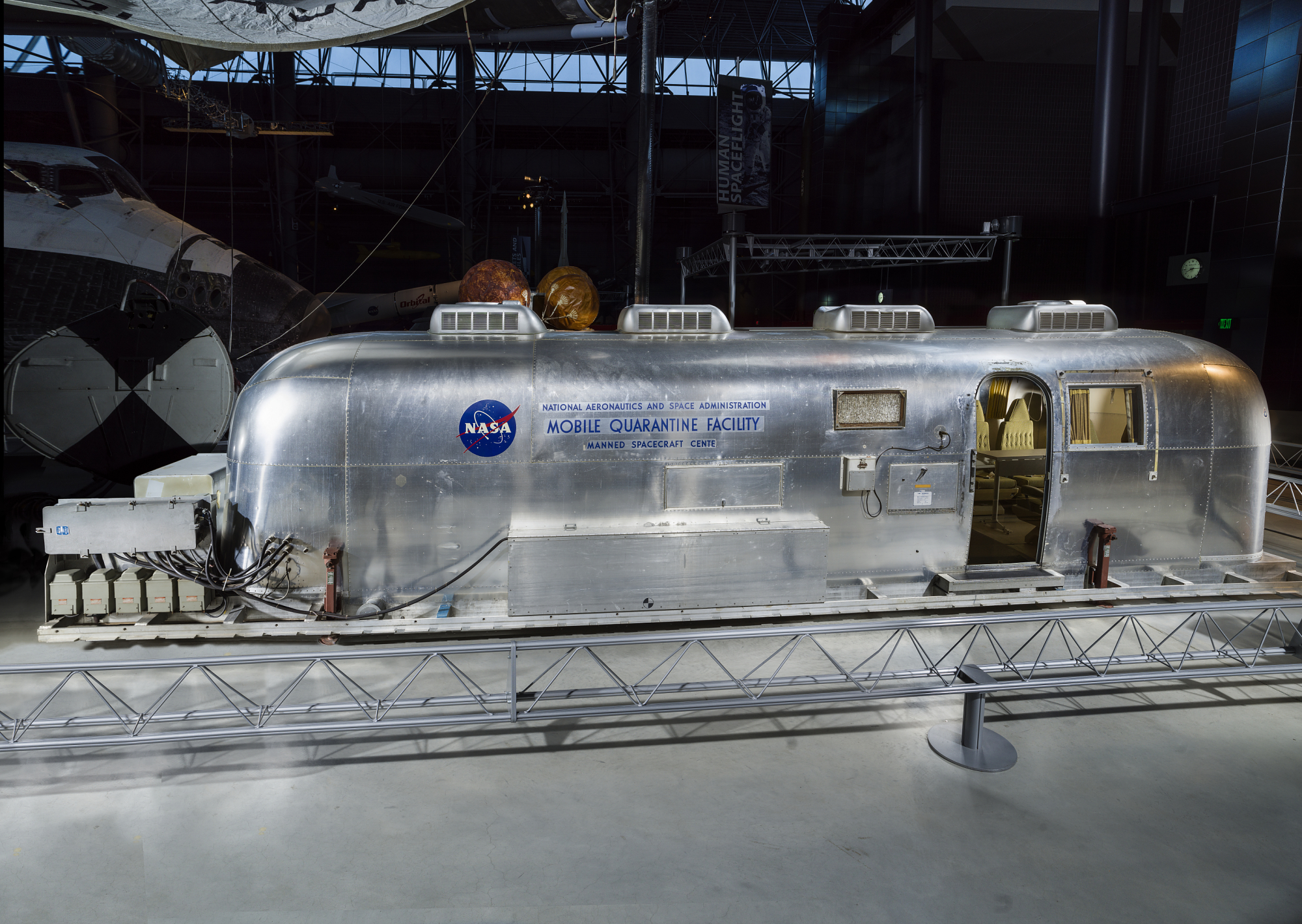
|
 |
 |
Command module Columbia splashed down in the Pacific Ocean on July 24, 1969, completing Armstrong, Collins, and Aldrin’s trip to the Moon. But their journey was far from over. They went directly from the command module to the Mobile Quarantine Facility on the USS Hornet aircraft carrier, the start of a 21-day quarantine (though thankfully only the first three and a half were spent in the converted airstream trailer). Learn more about splashdown and quarantine.
|
 |
|
 |
 |
OTHER FACES OF APOLLO
|
|
 |

|
 |
 |
We all know the names Neil Armstrong, Michael Collins, and Buzz Aldrin, but this anniversary, we also wanted to highlight other figures in the Apollo program, including some that are less well known. Click each link below to explore their stories.
- Margaret Hamilton, who led the team responsible for developing the guidance and navigation system for the Apollo spacecraft.
- The Flight Director and CapComs, who oversaw the operations (Flight Director) and were the astronauts’ points of contact with Mission Control during their journey(CapComs).
- Abe Silverstein, who named the Apollo program and pushed the adoption of liquid hydrogen as a rocket fuel for the boosters that launched Apollo.
- Bob Gilruth, who created the Mercury, Gemini, and Apollo programs and the Houston center that managed them.
|
 |
|
 |
 |
CALENDAR OF EVENTS
|
|
 |
 |
In DC
|
|
 |
 |

|
 |
Ready Jet Go! Screening
July 17 at 5:00 pm
At the Museum in DC
A screening of PBS's Ready Jet Go! special "One Small Step" with activities and visits from the cast.
Sponsored by Boeing with additional support from Raytheon
|
 |
|
 |
 |
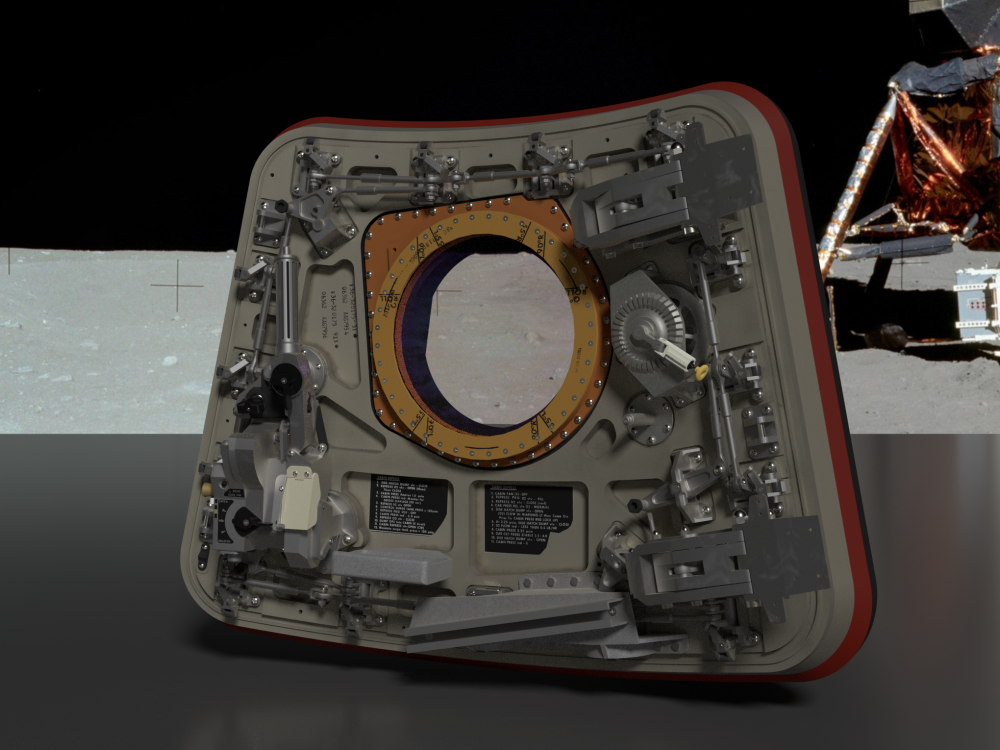
|
 |
"Project Egress" Build
July 18 at 11:00 am
At the Museum in DC
Adam Savage constructs a life-size replica of command module Columbia's hatch using components fabricated from the Smithsonian's Digitization Program Office's 3D scan of the spacecraft.
|
 |
|
 |
 |
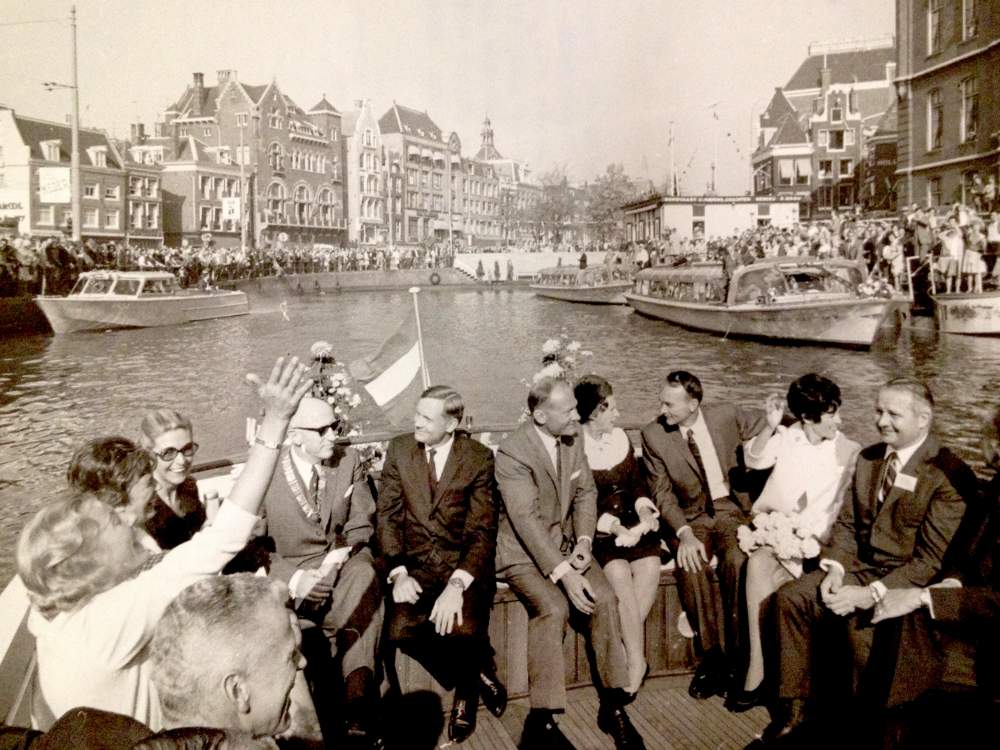
|
 |
One Giant Leap: Space Diplomacy Past, Present, Future
July 18 at 5:00 pm
At George Washington University's Lisner Auditorium
A discussion about space diplomacy featuring Apollo 11 astronaut Michael Collins, Museum director Ellen Stofan, and former NASA administrator Charles Bolden
Request standby tickets.
Co-sponsored by the Smithsonian's National Air and Space Museum, the U.S. State Department, and the George Washington University Space Policy Institute.
|
 |
|
 |
 |

|
 |
Apollo 50 Festival
July 18 to 20, hours vary by day
On the National Mall
An outdoor celebration of the Apollo 11 Moon landing with exhibitors and talks
Sponsored by Boeing with additional support from Raytheon
|
 |
|

|
 |

|
 |
Discover the Moon Day!
July 19, 10:00 am to 3:00 pm
At the Museum in DC
An exploration of lunar science, featuring Museum scientists and hands-on activities
Sponsored by Boeing with additional support from Raytheon
|
 |
|

|
 |
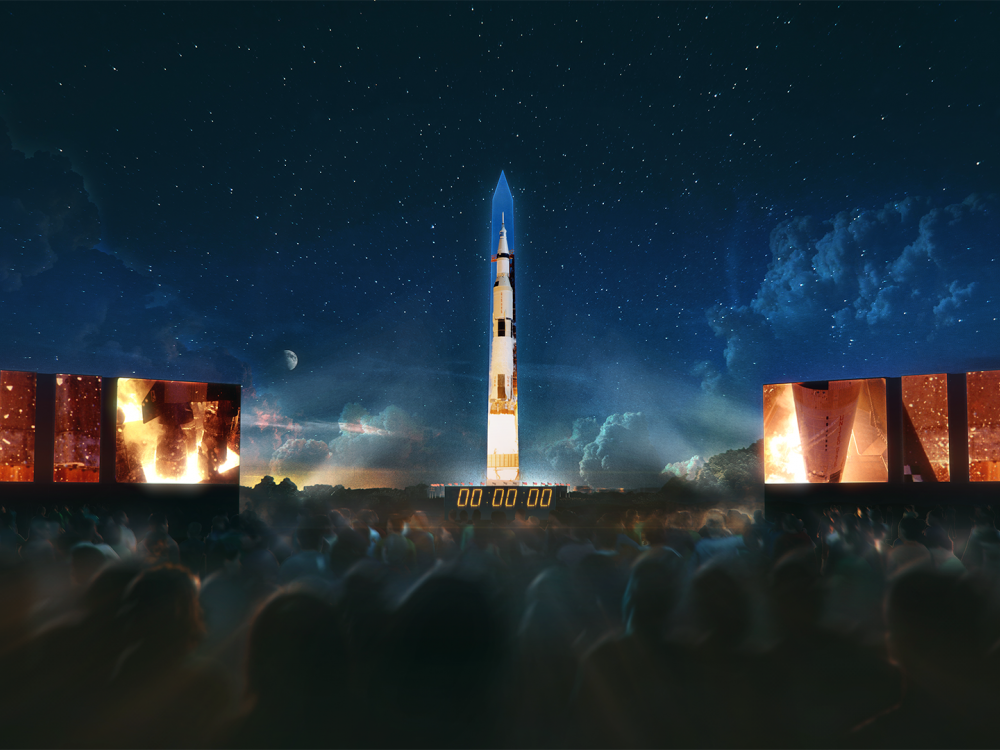
|
 |
Apollo 50: Go for the Moon Projection Show
July 19 and 20, 9:30 pm, 10:30 pm, and 11:30 pm
Viewing area on the National Mall between 9th and 12th streets
A Saturn V rocket projected on the Washington Monument and a projection show celebrating the first Moon landing
Sponsored by Boeing with additional support from Raytheon
|
 |
|
 |
 |
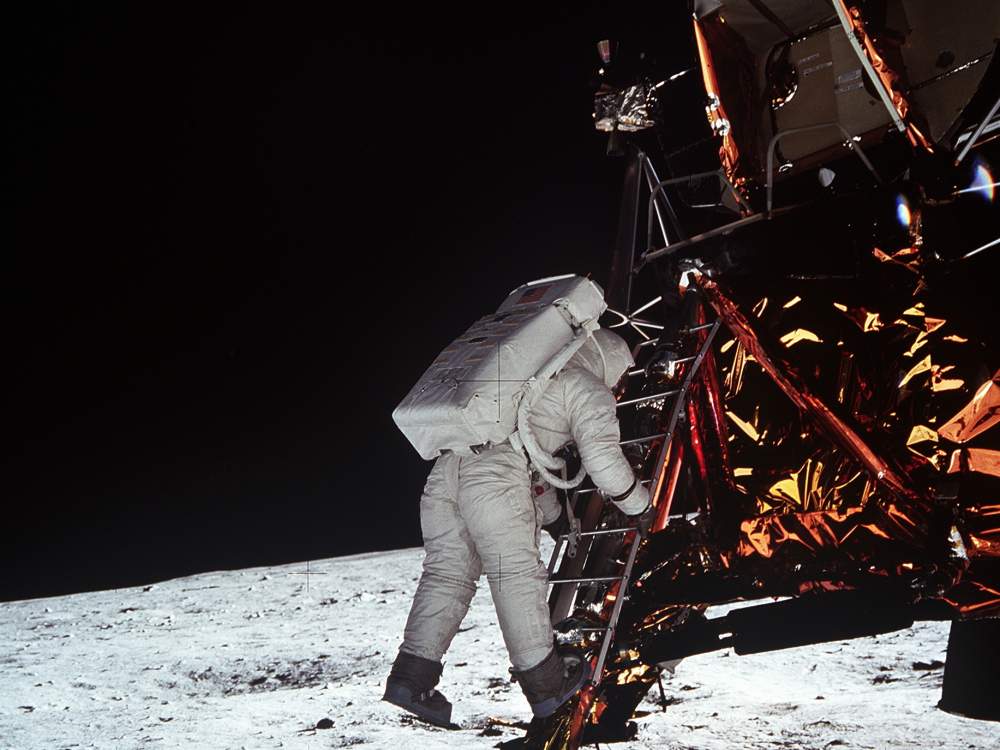
|
 |
"The Eagle Has Landed" Late-Night Celebration
July 20, 8:00 pm to 2:00 am
At the Museum in DC
An evening of films, talks, and hands-on activities, featuring a celebration at 10:56 pm, when Armstrong first set foot on the Moon
Sponsored by Boeing with additional support from Raytheon
|
 |
|

|

|
 |
Online
|
|
 |
 |
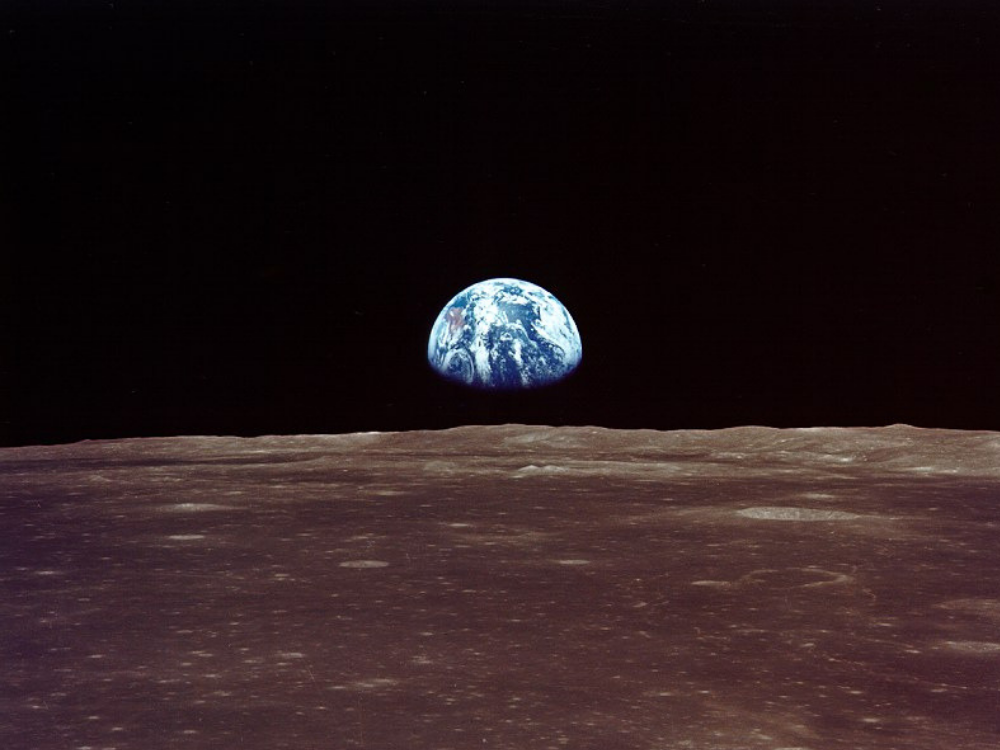
|
 |
Tweet Along with From the Earth to the Moon
July 20 at 9:00 pm
Tweet-along of the Apollo 11 Moon landing episode of the From the Earth to the Moon mini-series
Watch along wherever you are and join the conversation on Twitter
|
 |
|

|

|
 |
APOLLO 50 MERCHANDISE
|
|
 |
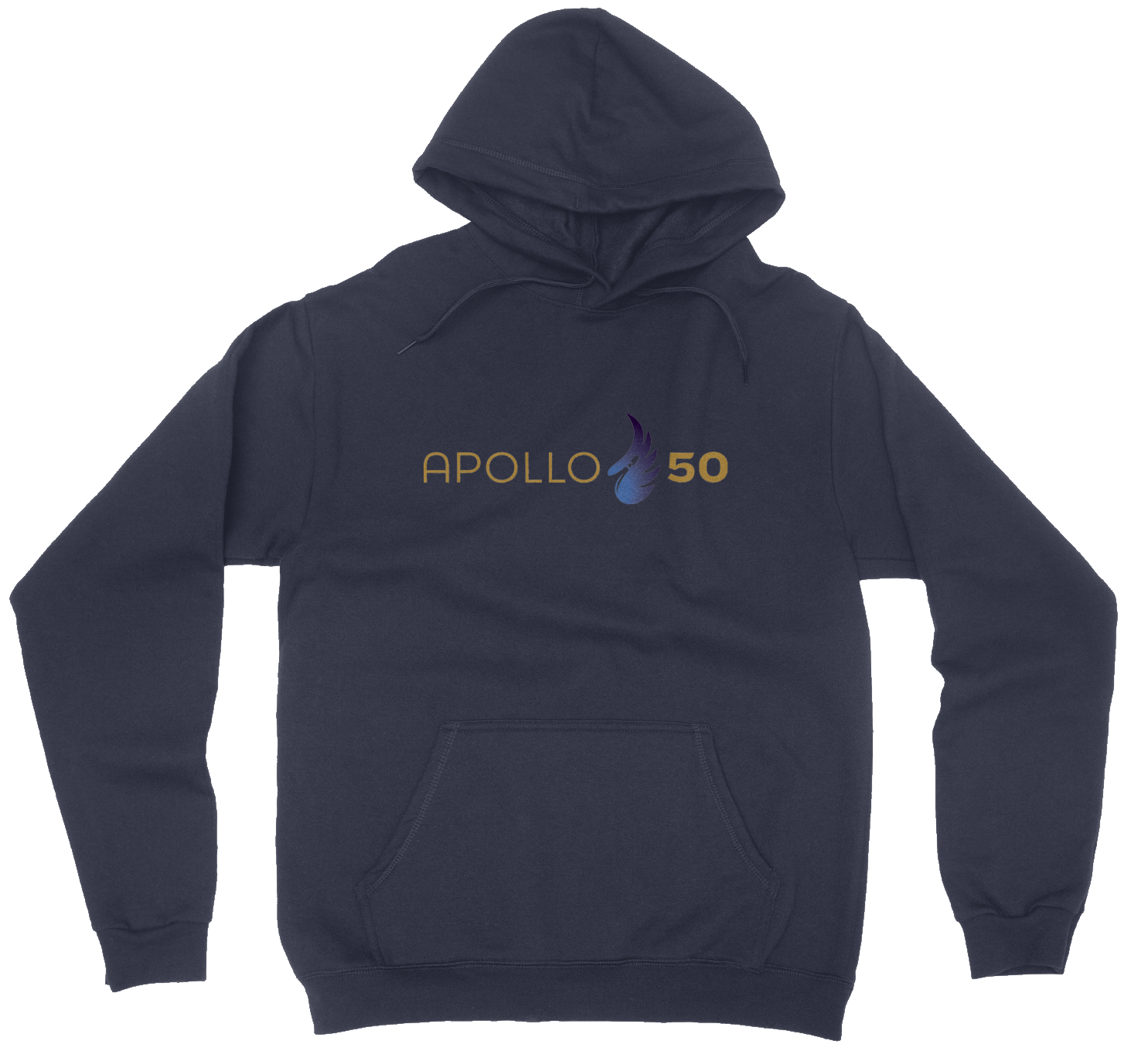
|
 |
 |
Show your excitement for Apollo 50 with exclusive merch! The Museum has exclusively authorized Café Press to sell items with our Apollo 50 logo, Apollo at the Park logo, and other select images. Shop now.
|
 |
|
 |


